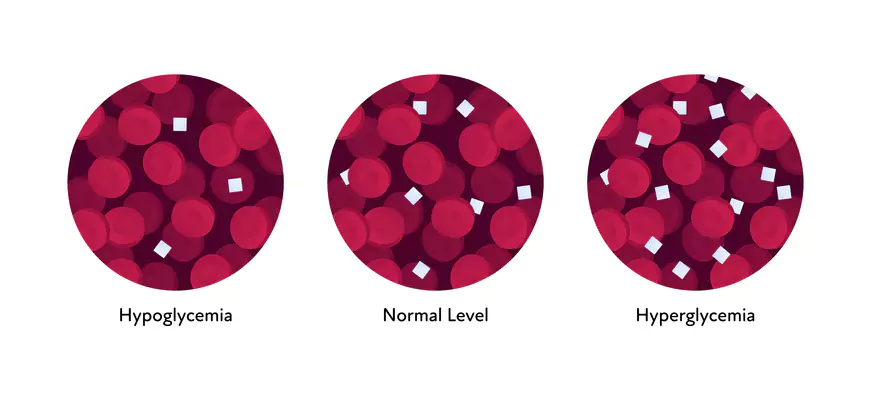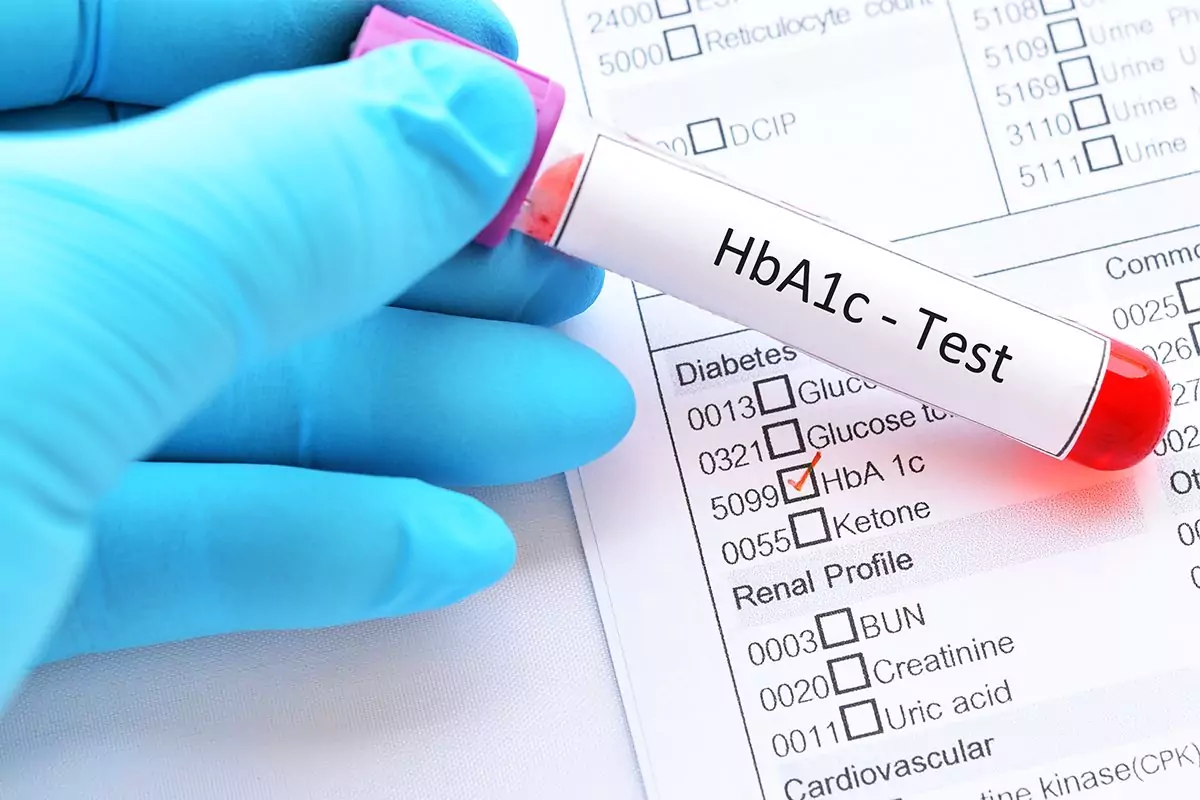DISCOUNT: UP TO 90% OFF






Normal Blood Sugar Levels: Glucose Charts!


Table of Contents
- Why Does It Matter To Know Blood Glucose Levels?
- Today as a diabetes specialist, I will give some secrets about:
- Normal Fasting Blood Glucose Level For Non-Diabetic
- Normal Blood Sugar Range For Type 1 and Type 2 Diabetics
- What’s Good Blood GlucoseRange For Me Spesicially?
- Recommended Blood Sugar Chart for Type 1 and Type 2 Diabetic
- Recommended blood sugar range chart for type 1 and type 2 diabetic
- Blood Glucose Chart for Type 1 Diabetes Children Under the Age of 18
- Recommended blood sugar range for type 1 diabetic children
- Blood Sugar Chart for Pregnant Women With Type 1 Diabetes
- Recommended blood sugar range chart for pregnant women
- Blood Sugar for Women With Gestational Diabetes
- Recommended blood sugar range chart for gestational diabetes
- Normal Fasting Blood Sugar Level and After Meal Blood Sugar For Average Person
- Recommended blood sugar range chart for non-diabetics
- What is the Normal A1C level and A1c Chart?
- A1C result chart for diabetes diagnosis
- How Does A1c Level Correspond to Average Glucose Numbers?
- A1c Level Chart
- Why Should I Check Your Sugar Levels?
- Why Would You Want To Know Your Blood Glucose?
- When and How To Test Your Blood Sugar
- Best Blood Sugar Supplements
- About the author
When it comes to blood sugar levels, there is no one-size-fits-all approach. We will talk about normal blood sugar levels and charts but in reality, it may not be the same for everyone. Depending on your type of diabetes, your age, and your other problems, your normal level may be different than mine. That's why it's important to know your target glucose levels and to check your sugar regularly.
Why Does It Matter To Know Blood Glucose Levels?
When it comes to blood sugar levels, there are a few things to keep in mind. For one, blood sugar levels can affect how you feel both physically and mentally. If your blood sugar levels are too high, you may feel tired, irritable, or even dizzy. On the other hand, if your blood sugar levels are too low, you may feel shaky, anxious, or even nauseous.
In other words, blood glucose levels can have a big impact on your day-to-day life. That's why it's important to monitor your levels and make sure they stay within a healthy range. Of course, blood sugar levels aren't just about how you feel in the moment. They can also have long-term effects on your health. For example, high blood sugar levels can lead to serious health problems like diabetes and heart disease.
So even if you're feeling okay today, it's important to take steps to keep your blood glucose levels in check. That way you can avoid potential health problems down the road. All in all, blood sugar levels are important for both your short-term and long-term health. That's why it's crucial to monitor your sugar levels and take steps to keep them within a healthy range.
Today as a diabetes specialist, I will give some secrets about:
- Normal blood sugar levels chart
- Normal blood sugar levels for adults
- Normal blood glucose levels for diabetics
- Normal blood sugar levels before and after eating
- Normal blood glucose levels for nondiabetics
- Blood sugar level ranges depending on the individual characteristics
- Normal fasting blood sugar level
- Normal glucose range for diabetic and non-diabetics
- Normal random blood glucose level chart
- Normal a1c range
- Normal fasting glucose test
There are two main types of diabetes: type 1 and type 2. People with type 1 diabetes need to take insulin injections to control their blood sugar levels. People with type 2 diabetes can often manage their condition with diet, exercise, and oral medication, but some may eventually need insulin injections.
Normal Fasting Blood Glucose Level For Non-Diabetic

Sugar cells in blood vector. Glucose in red bloodstream. Hyperglycemia and hypoglycemia concept. Diabetes disease diagnosis and awareness
The normal fasting blood sugar level for people without diabetes is between 70 and 100 milligrams per deciliter (mg/dL), according to the American Diabetes Association (ADA). However, fasting blood sugar levels (i.e., when a person has not eaten for 8 hours) should be below 90 mg/dL. After eating, the average blood glucose level should be less than 140 mg/dl.
However, these numbers may be higher or lower for different people. For example, young skinny women may run blood sugar levels between 55 and 80 mg/dl before meals and less than 120 mg/dl after meals. That is still considered normal in some cases as long as the person is asymptomatic. For people with diabetes, the ADA recommends a target blood glucose level of 80 mg/dL or lower.
The normal blood sugar level may vary slightly from person to person and may also change throughout the day. Blood sugar levels are typically highest in the morning after a person has eaten and tend to decrease as the day continues. A person's blood sugar level is consistently above the normal range may be a sign of diabetes. Treatment for diabetes generally involves lifestyle changes, such as diet, exercise, and medication.
Normal Blood Sugar Range For Type 1 and Type 2 Diabetics
Regular fasting and before meals blood sugar range is from 70 to 130 mg/dl and less than 180 mg/dl two hours after meals. For people with type 2 diabetes, normal blood glucose levels before meals are usually between 80 and 130 mg/dl, while normal levels two hours after meals are typically below 180 mg/dl.
However, these targets may differ for older people with other health conditions or who take certain high-risk medications such as concentrated insulins. If you have diabetes, it's important to work with your diabetes doctor to determine your target blood sugar levels.
As an endocrinologist/diabetes doctor, I advise everyone individually what their goal should be. The general guidelines we discussed above apply for most new diabetics. But older patients with a long history of diabetes, end-stage kidney disease, liver disease, etc may need different goals.
Knowing this, you can still use a normal blood sugar level chart like this one to help you track your progress and make sure you're staying within your target range. Various factors, including your age, overall health, and diabetes management goals, can influence your recommended blood sugar range.
The charts in this article will help you understand the recommended blood glucose and A1C ranges. The recommended blood sugar levels can help you determine whether your blood sugar is within a "normal" range.
What’s Good Blood GlucoseRange For Me Spesicially?

The senior woman recording her blood sugar level with a SugarMD App
Your blood sugar target level may differ from the general recommendation due to the following factors:
- Your general health
- Your chronological age
- The presence of other health issues (known as comorbidities)
- The number of years you've had diabetes
Based on your health and medical history, a diabetes doctor will recommend a target range for you. The American Diabetes Association recommends the following ranges for adults with type 1 or type 2
Recommended Blood Sugar Chart for Type 1 and Type 2 Diabetic
Recommended blood sugar range chart for type 1 and type 2 diabetic80-130 mg/dL fasting (before eating) 1-2 hours after eating: 180 mg/dL or less |
The charts below show that ranges are adjusted for children under 18 with type 1 diabetes, pregnant women, and people with gestational diabetes.
Blood Glucose Chart for Type 1 Diabetes Children Under the Age of 18
The chart below depicts the recommended blood sugar range for type 1 diabetes children under 18.
Recommended blood sugar range for type 1 diabetic children90-130 mg/dL fasting (before eating) 90-150 mg/dL at bedtime and overnight |
Blood Sugar Chart for Pregnant Women With Type 1 Diabetes
The chart below shows the recommended blood sugar range for pregnant women with type 1 diabetes.
Recommended blood sugar range chart for pregnant womenLower than 95 mg/dL while fasting (before eating) 1 hour after eating: 140 mg/dL or lower 2 hours after eating: less than 120 mg/dL |

Happy Pregnant woman with glucometer checking blood sugar level at home. Woman testing for high blood sugar. Pregnant Woman holding a device for measuring blood sugar
Blood Sugar for Women With Gestational Diabetes
The chart below depicts the recommended blood sugar range for women suffering from gestational diabetes.
Recommended blood sugar range chart for gestational diabetesLower than 95 mg/dL while fasting (before eating) 1 hour after eating: 140 mg/dL or lower 2 hours after eating: less than 120 mg/dL |
Normal Fasting Blood Sugar Level and After Meal Blood Sugar For Average Person
The standard blood sugar range for people without diabetes is the same regardless of age or health condition. A doctor, on the other hand, may set different goals based on your specific circumstances. For example, if you have several diabetes risk factors, your doctor may want your blood sugar to be within a narrower range. The chart below depicts the normal blood glucose range for people who do not have diabetes.
Recommended blood sugar range chart for non-diabetics99 mg/dL or less during fasting (before eating) 1-2 hours after eating: 140 mg/dL or less |
What is the Normal A1C level and A1c Chart?
A1c level measures average blood sugar levels over the past 2-3 months. It is expressed as a percentage and can be measured with a simple blood test. A normal A1c level is below 5.7%, while a level of 6.5% or above indicates diabetes.
How does the A1c level correspond to average blood glucose levels? Below is a chart that breaks it down: The chart below shows whether your A1C result is "normal" or whether it could be a sign of prediabetes or diabetes.
A1C result chart for diabetes diagnosisTypical ("normal") 5.7% or less Prediabetes ranges between 5.7% and 6.5%. More than 6.5% have diabetes. |
People with diabetes of any type are generally recommended to keep their A1C below 7%.
How Does A1c Level Correspond to Average Glucose Numbers?
A1c Level Chart
| Level 5% | 93 |
| mg/dl 6% | 126 |
| mg/dl 7% | 154 |
| mg/dl 8% | 185 |
| mg/dl 9% | 216 |
| mg/dl 10% | 248 |
| mg/dl 11% | 279 |
| mg/dl 12% | 310 |
| mg/dl 13% | 340 |
| mg/dl 14% | 370 |
| mg/dl 15% | 400 |
| Normal A1c is | <= 5.7% (39 mmol/mol) |
| Prediabetes | 5.7 - 6.4% (39 - 46 mmol/mol) |
| Diabetes | 6.5% (47 mmol/mol) |
Other health conditions and health goals, however, may alter this. A doctor will tell you whether you have a different A1C goal based on your specific circumstances.
Why Should I Check Your Sugar Levels?
One of the most critical aspects of diabetes management is blood sugar monitoring. Careful monitoring of your blood sugar levels and understanding what causes them to rise or fall can assist you and your healthcare team develop a diabetes care plan and set treatment goals. Furthermore, measuring your blood sugar can help you:
- Keep track of how medications affect your blood sugar levels
- Discover how different meals and food choices affect your blood glucose levels
- Ascertain whether exercise or other lifestyle changes are affecting your blood sugar levels
- Monitor your overall progress
Even if you do not have diabetes, it is a good idea to have your blood glucose checked regularly. A doctor may order a blood sugar test as part of an annual physical. If you have diabetes risk factors, you may need to have your blood sugar checked more frequently.
Why Would You Want To Know Your Blood Glucose?

Doctor test sugar check level in blood, diabetes concept. Blood drop test strip for measure glucose. Glucometer in hand. Vector
Usually, your pancreas releases insulin when your blood sugar, or "blood glucose," rises, such as after eating. This instructs your body to absorb glucose until levels return to normal. However, if you have diabetes, your body either does not produce insulin (type 1 diabetes) or does not respond typically to it (type 2 diabetes).
This can cause your blood sugar to remain too high for an extended period of time. This can cause nerve and blood vessel damage over time, leading to heart disease and other problems. If you have diabetes, your doctor may instruct you to test your blood glucose at home using a special device known as a blood glucose monitor or home blood sugar meter.
It measures the amount of glucose in a small blood sample, usually taken from the tip of your finger. Continuous glucose monitors such as Dexcom and Freestyle Libre are even better options to stay on top of your blood sugar. Check out Dexcom's cost before you buy it. Follow your doctor's instructions on how to use your device properly.
When and How To Test Your Blood Sugar
When and how to test your blood sugar will be determined by your doctor. Log it in a notebook, an online tool, or an app whenever you do it. The time of day, recent activity, your most recent meal, and other factors can all influence whether a reading is concerning to your doctor. So, try to record pertinent information such as:
- What medications and dosage did you take?
- What you ate, when you ate, and whether or not you fasted
- How much, how intense, and what kind of exercise, if any, were you doing?
This will allow you and your doctor to assess how well your treatment is working. Successfully managing type 1 and type 2 diabetes can delay or prevent complications affecting your eyes, kidneys, and nerves. Diabetes also increases your risk of heart disease and stroke. Fortunately, controlling your blood sugar makes these issues less likely. Tight blood sugar control, on the other hand, increases the risk of low blood sugar levels, so your doctor may recommend higher targets.
Best Blood Sugar Supplements
For Tight Blood Sugar Control Consider SugarMD Diabetes Supplements. Bottomline, there's a lot of talks these days about blood sugar levels and what's considered "normal." But what exactly is normal blood sugar, and how can you tell if yours is abnormal? First, it's essential to understand that blood glucose is simply a measure of the amount of glucose in your bloodstream.
Glucose is a type of sugar that your body uses for energy, so it's essential for life. However, too much or too little glucose in your blood can lead to problems. Normal blood glucose levels vary depending on when you last ate and how active you are. So I am hoping the blood glucose charts we explained above will give you some guidance for future reference and good talking point before talking to your endocrinologist.
About the author
Who is Dr. Ergin? Dr. Ahmet Ergin is an endocrinologist interested in and passionate about diabetes care. Dr. Ergin earned his medical degree with honors at Marmara University School of Medicine in Istanbul, Turkey. Then, he completed his internal medicine residency and endocrinology fellowship at Cleveland Clinic in Cleveland, Ohio.
He is a board-certified Internal Medicine and Endocrinology, diabetes, and metabolism physician. He is also a certified diabetes education specialist.
Disclaimer: Any information on diseases and treatments available on this website is intended for general guidance only and must never be considered a substitute for the advice your doctor or other qualified healthcare professional provides. Always seek the advice of your physician or other qualified health care professional with questions you may have regarding your medical condition.
Written By Dr. Ahmet Ergin
461 total articles
Meet Dr. Ahmet Ergin, a highly skilled and dedicated endocrinologist with a passion for diabetes care. Dr. Ergin earned his medical degree with honors from Marmara University in Istanbul. He completed internal medicine residency and endocrinology fellowship at Cleveland Clinic. Dr. Ergin is board-certified in Internal Medicine, Endocrinology, Diabetes, and Metabolism due to his vast medical expertise. He's a certified diabetes educator, author of “The Ultimate Diabetes Book,” and founder of “the SugarMD YouTube channel.” Dr. Ergin offers exceptional diabetes care to his patients in Port Saint Lucie, FL, helping them manage effectively. For a closer look into his insights and experiences, connect with Dr. Ahmet Ergin on LinkedIn, Instagram, and YouTube.”
Disclaimer: These statements have not been evaluated by the Food and Drug Administration. Information on this website isn't intended to treat, cure or prevent any disease. Discuss with your doctor and do not self-treat.
Products











